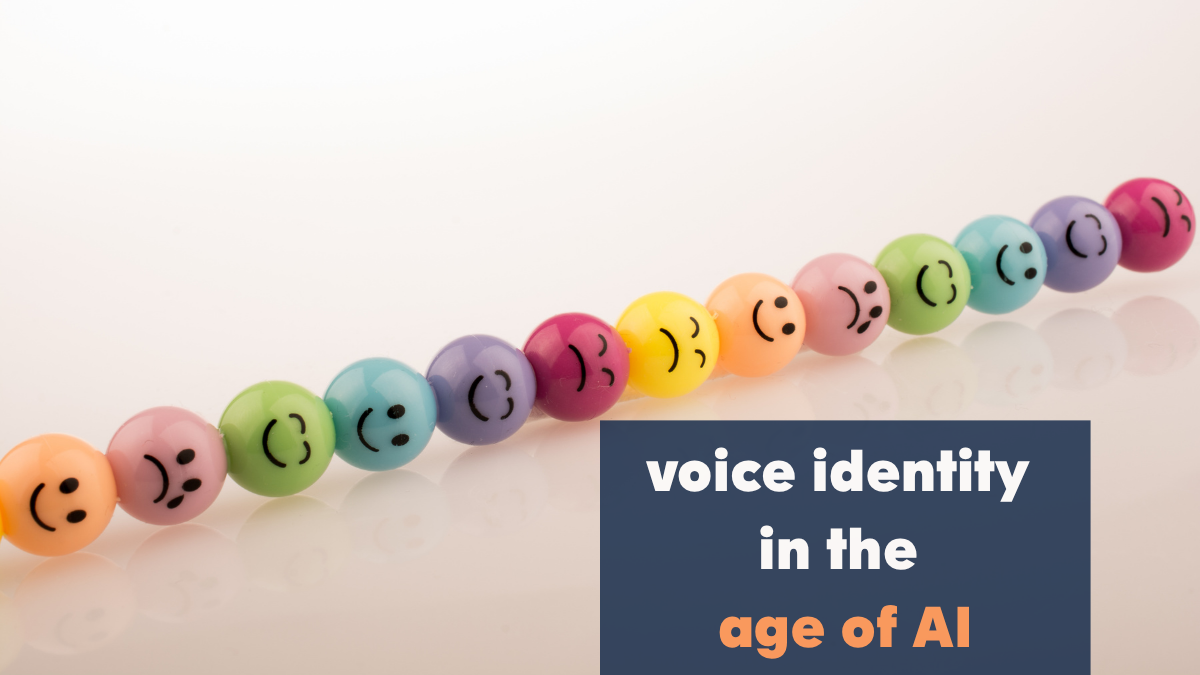

You can find free downloadable shared reading kits here.
Here are the key things to keep in mind while reading with your child:
Pick a Book of Their Choice
Start by asking the child whether they are up for reading.
“Would you like to read now?”
Give them the choice to say ‘No’. Forcing a child to read when they are not keen on it will make the activity stressful for the parent and the child. If they show interest in reading, the next step is to ask what book they’d like to read. If they have clear favourites, you can let them choose one of their favourite books.
“Would you like to read ‘The Hare and the Tortoise’, ‘The Lion and the Mouse’, or some other book?”
Once they pick a book, you can start reading with the child.
Have a Conversation
It’s not just about asking questions. As much as you want to know how much your child has understood, bombarding them with questions can get monotonous. The child can feel tested while all they wanted was a fun reading session with you. So, give room for casual conversation where you share your thoughts and observations.
“I think it is great that the tortoise won at the end.”
“I’m happy that the tortoise won the race. Are you happy that the tortoise won?”
“The hare lost because it took a nap.”
“Hurray! The tortoise won!!”
“Look. The tortoise looks happy because it won.”
“I think that the hare is upset that it lost.”
“Look at all the animals cheering the tortoise and the hare.”
“What animals do you see other than the tortoise and the hare?”
“Look at the elephant. The big elephant is watching the race.”
Be Ready to Model
Reading can be a wonderful opportunity to model. Keep the AAC system nearby as you read the story, so that you don’t miss the chance to model. We have put together some examples of modeling using the classic “Hare and the Tortoise” story. Words in italics are a few words you can model for beginning communicators while reading this story.
- Read:
“Do you want to read now?”
“We are reading ‘The Hare and the Tortoise?”
“I love reading with you.”
“Isn’t it fun reading a book together?”
“Did you enjoy reading this book?”
“Let’s read your favourite book.”
- Like:
“Do you like this story?”
“I liked this story.”
- More:
“Do you want to read more?”
- Turn:
“Now turn the page”
“Let’s turn the page.”
- Happy:
“Look at the tortoise. It looks happy.”
“The hare lost the race. It is not happy.”
- Run:
“The hare is running fast.”
Ask Questions
If you are reading the ‘The Hare and the Tortoise’, you can point to the pictures and talk about them.
“Look at the hare.”
You can draw the child’s attention to the characters so that they can follow the story as it progresses.
“What colour is the hare?”
Ask ‘wh’ questions related to the story and look expectantly at the child, indicating that you are looking for a response.
Children with cognitive deficits and developmental disabilities can take longer to respond. It’s a good practice to pause for a few seconds to give the child time to construct a response.
If the child does not respond, you can answer the question to keep the conversation going.
“The hare is brown in colour. Look at the hare. It’s brown.”
As you read further, you can ask other questions to see if the child has understood what you have read.
“What is the hare doing?”
Again, pause for a few seconds and look expectantly to encourage the child to respond.
Expansion and Extension
Expansion is the process in which you repeat what the child says, and add missing words to make it grammatically correct. Try not to rephrase too much as that can confuse the child.
If the child answers, “run” to the question “What is the hare doing?”, then it’s a great opportunity for you to expand the conversation.
“Yes! Run. The hare is running.”
Show excitement when the child replies and acknowledge their answer. This will motivate them to continue responding to your questions.
Extension of language involves providing a little more new information. This information is related to what the child has just said.
“Yes! The hare is running. It is running fast”
Depending on the child’s fondness for reading, and cognitive abilities, you can build on these strategies and have more elaborate conversations. Shared reading is a great way to encourage interactive communication, while simultaneously developing the child’s vocabulary and proficiency in the AAC system.



